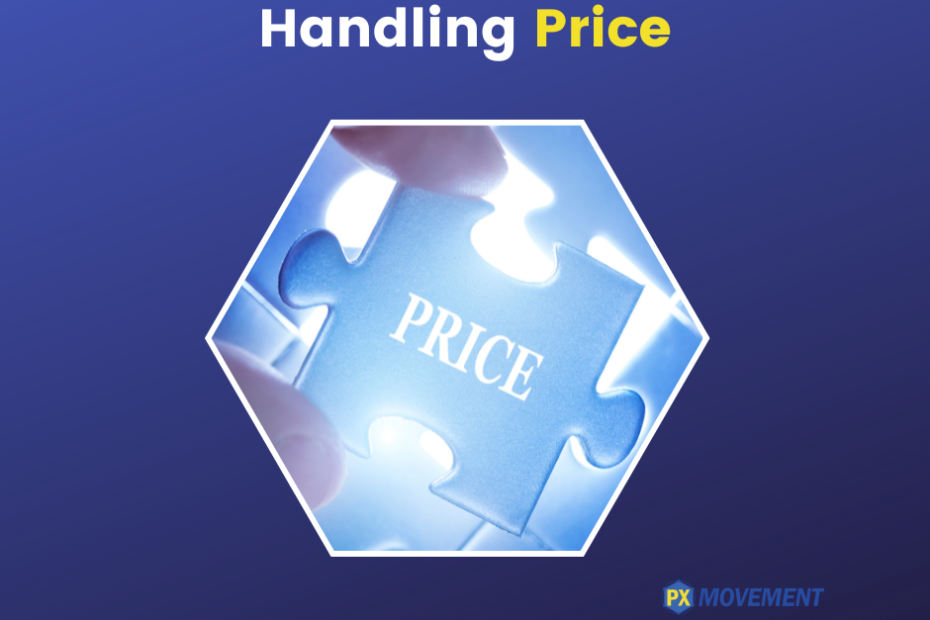How to handle price
I remember the day I took my daughter shopping for a car. With her heart set on a yellow VW Beetle, we went to the nearest dealership where they had one available on the lot. As a savvy shopper, I knew from the internet what the price for this exact model should be.
The sales manager approached us and quoted a price of $1,800 above what it was selling for elsewhere. When I countered, he simply offered, “but you only buy a car once in a while, so what’s $1,800?” Wrong answer. We drove 20 minutes down the road and saved that money by buying the car at another VW dealership.
When purchasing a physical good, It’s easy to comparison shop on price. When the identical item is offered, we only pay more because of convenience or availability. When items are fungible (ie, exchangeable), it makes sense that price becomes the distinguishing feature. Therefore we refer to certain items as commodities or market segments as commoditized.
Elective medical procedures are not commodities unless you make them so.
When patients come to your practice seeking your services, it is common for them to challenge your fee schedule and ask questions such as “Why is it so expensive?” They are not being rude or disrespectful; they just don’t know what else to ask. When you quote your price over the phone or too early in the discussion, the patient does not yet have the proper context to fit your offering among all the other ways they can spend their money.
Refractive surgery can be $6-13K; Facelifts can be $20-40K; Smile Makeovers $30-50K. Yes these are significant purchases. But people choose to have them when they understand the benefits and the value relative to the cost. That’s the context you must provide to be successful as a practice.
From my colleague, Troy Cole comes one of the best questions to ask people who start off objecting to your fees as being too expensive: “What do you mean?” This invites the patient to talk and gives them an opportunity to explain what’s behind the question. What you will find most of the time is that they don’t even know why they asked the question! It’s reflexive behavior because, as noted earlier, they don’t know what else to ask!
Handling price is both science and art. PRICE, the 6th value driver in the modern medical practice, is covered in detail in Beyond Bedside Manner.
Setting your fees properly also takes thought and planning. A surgeon friend remarked to me last week how valuable he found an article I published on this topic challenging refractive surgeons to increase their fees. Inflation is upon us, and the article applies to all elective medical procedures with demonstrated value to patients who choose them.
Here’s a link to that article: You Aren’t Charging Enough for LASIK.
This holiday season, don’t be like that car sales manager, trying to defend your fees with nonsense logic. Be clear on your value proposition and how what you do is far from a commoditized offering. Focus on the overall experience and give your patients reasons to choose you rather than shop around.

